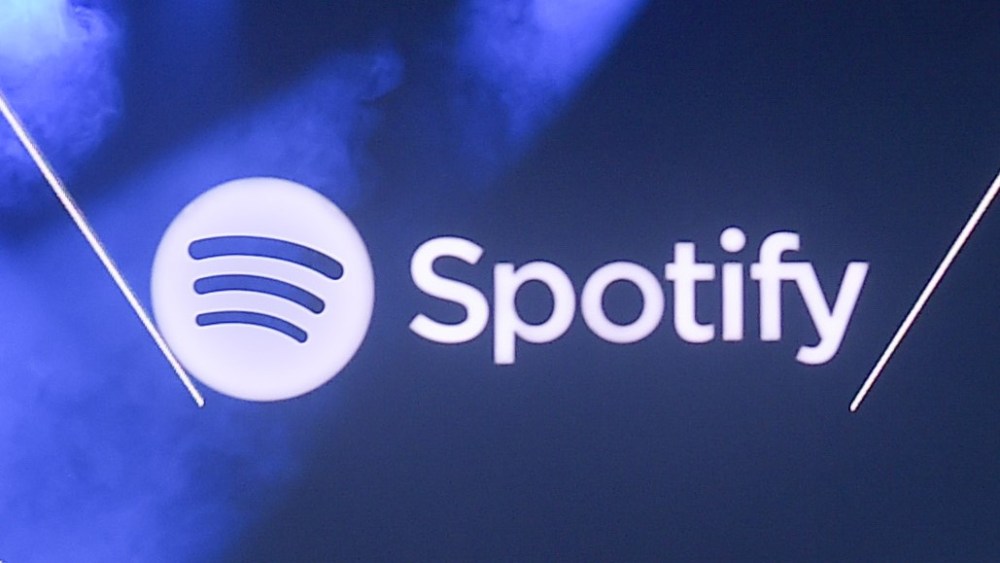As news about Spotify’s new payment model has torturously dribbled out — details have been leaked through sources, with little official comment from the company — it’s not surprising that controversy has accompanied it. Streaming royalty models are deeply complicated and Spotify, the world’s largest paid streaming service by a long measure, has borne the brunt of the world’s frustration with the low royalties that most artists and especially songwriters receive from digital service providers.
Several articles and headlines have seized on a major point of the new model, which rolls out next year, revealed last week in an article by Kristin Graziani, president of music distributor Stem: That tracks earning less than 1,000 streams within 12 months will not receive a royalty payment. According to Spotify’s Loud & Clear website, just 37.5 million tracks out of the more than 100 million on Spotify have surpassed 1,000 streams, meaning some two-thirds of all songs hosted by Spotify have not reached that payment plateau.
While “two-thirds of the songs on Spotify will not qualify for payment” is certainly an alarming headline, some perspective is necessary — the following cliff-notes version is intentionally brief, head here and here for deeper dives.
First, it needs to be stressed just how little money 1,000 streams generate: As noted by Graziano, 1,000 streams in a 12-month period accounts for $3 in earnings at most — far below what most distributors will bother paying out without a fee significantly more than $3. Yet, many distributors simply hang onto that money — thousands of artists earnings $3 does add up — and it earns interest for them rather than the artist. “In other words,” Graziano says, “this is money that isn’t currently making it to artists in the first place.” (The details in her article were confirmed to Variety by a source close to the situation.)
The move is also aimed at lowering or eliminating the royalties earned by fraudulent streams — again, those small payments add up — and “functional tracks” (like white noise and the much-vaunted “rain on a rooftop” environmental sounds). Spotify’s new model will also charge financial penalties to distributors and labels for uploading tracks with fraudulent activity.
In theory, the money directed away from those streams will then increase the royalty pool for musicians and songwriters: Spotify has said that the new minimum will shift tens of millions of dollars per year to the royalty pool, which some sources have estimated at $46 million.
Graziano stresses, “Some critics will point out legitimate concerns that I may have missed,” she wrote. “I hope Spotify takes those critiques seriously and makes adjustments. But some critics will make arguments purely out of self-interest. This is a ‘line in the sand’ moment for labels and distributors. We all have to ask ourselves if we want to make our living by enabling legitimate artists to have success in their careers or by being merchants of garbage? I have made statements critical of Spotify in the past, and I’ll probably make more in the future. But my goal is always to fight on behalf of artists and evolve this industry that we all participate in. Spotify’s upcoming changes seem to me like a step in the right direction.”
Variety will have more on the situation as it develops.
From Variety US































